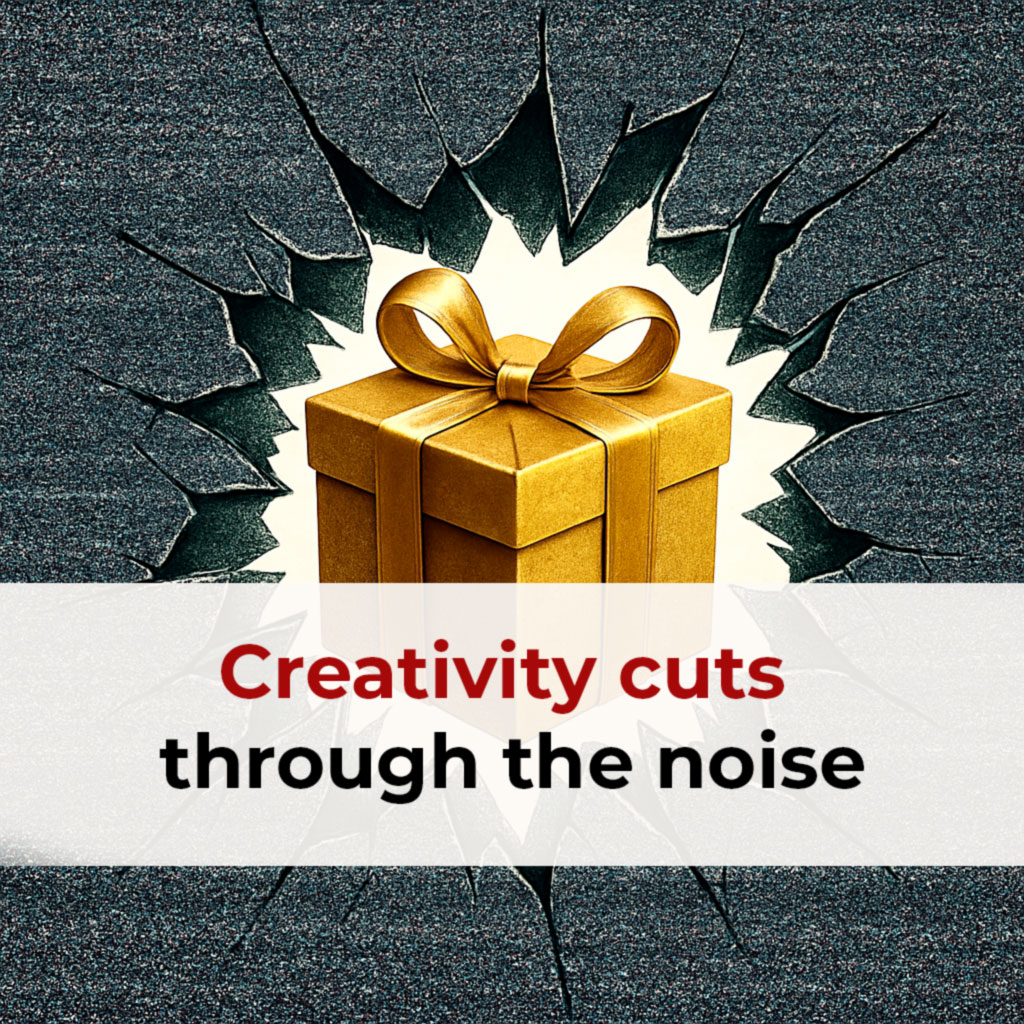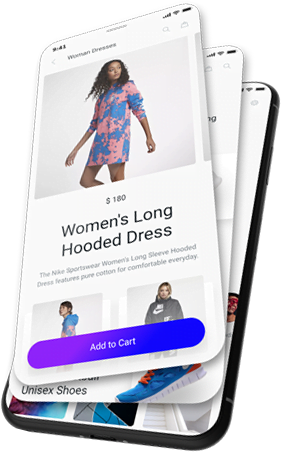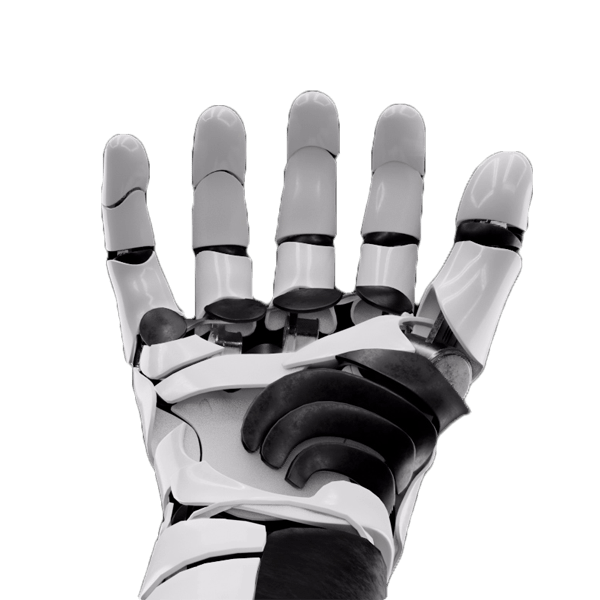I won’t waste time debating the mistake of calling it “intelligence.” As a product name, artificial intelligence is brilliant, it sounds like power, like the future, like something that understands. But it doesn’t. It doesn’t think. It doesn’t feel. It doesn’t create. It just predicts. Based on what it’s seen. Based on what we’ve already done.
I wrote this article to take some air out of the bubble. The foam keeps rising, inflated by keynotes, headlines, and tech founders who sound deep and visionary but rarely say anything concrete. There’s a growing myth that AI is replacing creativity, and worse, that it’s something new.
Let’s be honest: most of what they now call AI is just automation that already existed. Rule-based systems. Decision trees. Optimization engines. They’ve been around for years under names like programmatic media buying, behavioral segmentation, or A/B testing. Useful, yes. But not creative. Not original.
Now everything is lumped under the same shiny label: AI. As if generative models, recommendation algorithms, and basic automation were the same beast. They’re not. And mixing them up helps sell software, justify layoffs, and seduce investors, but it doesn’t help you understand what’s really going on.
What AI Actually Replaces, And What It Can’t Touch
Let’s draw the line clearly: AI replaces operational volume, not creative vision.
If your job is to launch hundreds of ad variations, optimize for click-through rates, or rewrite copy to test 20 angles on TikTok, yeah, AI can do that. But let’s be honest: automation could do that long before ChatGPT ever existed. What’s changed isn’t the tech, it’s that now non-technical people finally believe it’s possible.
Before LLMs hit the mainstream, unless you worked in digital transformation or adtech, it was nearly impossible to explain how scalable automation actually was. Clients and execs couldn’t picture it. Now they’ve seen ChatGPT write an email in 3 seconds, and suddenly they believe AI can do everything, from performance marketing to brand strategy to creative genius.
And that’s the new problem.
Not the skepticism.
The blind faith.
Here’s the truth no one wants to say out loud: AI, including the old kind, has always been great at speed, scale, and pattern-matching. It thrives in performance marketing, real-time testing, and mass personalization. But those aren’t creative ideas. They’re executions. They’re the “how,” not the “why.”
And most of them aren’t even “AI” in the way people imagine. They’re complex automations, decision trees, rule-based optimizers. Sometimes they don’t involve any machine learning at all, just well-engineered systems doing what they’ve always done: follow logic, not invent it.
So yes, AI can replace parts of the execution layer.
But let’s stop pretending it replaces vision.
Have You Noticed? Everything Is Suddenly “AI-Powered”
You open your inbox, your browser, your Figma plugin list, and boom.
Every product, every tool, every platform is now “AI-powered.”
Even the ones that just do what Excel macros have done for twenty years.
Yes, we are living a real revolution.
But not the one people think.
Generative AI didn’t invent automation. It didn’t invent creativity. What it did was something subtler, and arguably more powerful: it made the idea of automation visible to non-technical people. Suddenly, executives, marketers, even interns could see what a model could do. They could imagine the scale. And that changed everything.
For years, professionals in digital transformation struggled to explain these possibilities.
Now the problem is the opposite: everyone thinks they understand, and they overestimate it.
Confusing generative AI with other forms of automation is dangerous. It leads to flawed decisions, poor implementation, and hype-driven narratives. Just because you can refactor some code with GPT doesn’t mean you understand the limits of intelligent systems.
Yes, some corporations are cutting roles.
But others are hiring more than ever, to train, maintain, and audit the AI they use.
The story isn’t layoffs. The story is redistribution of skill.
What’s dangerous isn’t AI.
It’s the miracle story around it.
Real creativity feeds AI. Not the other way around.
When a skilled strategist or designer uses AI, they’re not asking it to think, they’re using it to scale what they already understand. More formats, faster cycles, broader testing. That’s human intent, extended by a machine. That’s where AI works.
But when AI is expected to be the strategist or the creative, without human guidance, without industry experience, it defaults to bland. Without the right expert behind it, someone who knows what questions to ask, what data to include, and what to investigate, the system can’t distinguish between a powerful insight and a polished cliché.
You can’t extract value from AI without someone who knows how to recognize it.
That’s the part no one wants to admit: without domain expertise, there’s no way to judge if the output is noise or gold. No way to tell if what you’re publishing moves people, or just adds to the pile.
This is something people in advertising have always known: just because you’ve watched a thousand commercials doesn’t mean you know how to make one.
The Economist got it wrong. And they’re not alone.
In June 2025, The Economist published a piece titled “AI is turning the ad business upside down.” Bold claim. But when you strip away the polish, the core message sounds like every LinkedIn keynote since 2023: AI will replace creatives. Agencies will die. Big Tech knows best.
Let’s slow that down.
Yes, AI is changing the industry. Yes, it’s helping optimize, scale, and automate tasks that used to eat up time. But the real disruption isn’t creative. It’s operational. The same automation logic that’s been evolving since the first programmatic ad system is now being rebranded as “AI.” And most of the value being touted comes from performance marketing, not idea generation.
And when Zuckerberg and Altman talk about replacing 95% of agency work, what they mean is: production pipelines, channel adaptation, media buying, testing. They’re not talking about the moment an insight becomes a concept, or when a team unlocks a campaign that shifts perception.
Of course they exaggerate. It’s in their interest to stir the waters, it adds weight to the very product they’re pumping billions into. That doesn’t mean AI isn’t a revolution. It is. But like any tool, it’s only powerful when you understand what it’s for.
This isn’t a rant against AI. It’s an argument for clarity, so we can use this shift well, not just loudly.
A Very Necessary Clarity About What AI Really Is
Not all AI is generative.
For decades, we’ve used what some called “AI”: rules-based automation, decision trees, predictive engines, programmatic media. Technically, yes, they’re part of the AI family. But they don’t create. They don’t think. They just execute, at scale. That’s how click-through rates and conversions have been optimized for years, long before ChatGPT showed up.
The difference now is visibility. Generative tools like GPT and Midjourney made the machine’s work visible, editable, and personal. Suddenly, the backend became frontend. And because anyone can prompt it, people assume anyone can create with it.
But here’s the trap: when you confuse generative AI with all forms of automation, you lose the ability to use either well. Generative tools are not inherently strategic. They don’t know what to look for unless someone with real insight tells them where to dig. And if you skip that step, what you get isn’t innovation, it’s just scalable repetition.
That distinction matters. Because when you mistake pattern output for creative thinking, you end up with noise that looks like content, and pipelines optimized for sameness, not for growth.
Now let’s make it tangible:
Imagine your brand as a product sitting on a supermarket shelf. Clean lights. Clear aisles. Dozens of options. Every package fighting for attention, trying to be picked, not just seen. That’s branding. That’s positioning. That’s the silent battle of every second online.
Now imagine a flea market. No order. No structure. Boxes overflowing with designs, formats, colors, voices, all generated by prompt, not purpose. That’s what the internet looks like today with the flood of AI content: infinite volume, zero distinction.
And here’s the uncomfortable truth: publishing more doesn’t mean you’re connecting more. Just like throwing more products on the shelf doesn’t mean they’ll sell.
If you want to be chosen, not just uploaded, not just posted, you need clarity, not quantity. You need branding that understands memory. Design that understands tension. Strategy that understands timing.
Because in a shelf full of noise, only the brands built with real insight, not just real volume, actually get picked.
In the Age of Repetition, Original Thinking Matters More Than Ever
The companies that will thrive aren’t the ones replacing people with AI, they’re the ones empowering talent through it. Because what AI amplifies depends entirely on what you feed it. Garbage in, garbage at scale.
Hiring a creative agency, a real strategist, a human expert, that’s not a luxury anymore. It’s the only way to stand out when everyone else is regurgitating what YouTube hacks and ChatGPT prompts told them.
YouTube teaches tactics designed for clicks, and the more they get repeated, the more people believe they’re truth. But repetition isn’t evidence. It’s just noise, dressed as certainty.
And ChatGPT? It doesn’t give you what you need to know. It gives you what’s most likely to be said. That’s a huge difference, especially when you’re building something complex: a product, a brand, a business, a culture. In those spaces, originality isn’t optional. It’s the edge.
The Golden Age of Creativity, For Those Who Know What They’re Doing
This is actually the best moment to be creative. Because when everything starts to look the same, originality doesn’t just stand out, it dominates.
The internet is flooded with average content, produced fast, optimized for nothing but output. In that noise, true creativity isn’t dying. It’s becoming more valuable than ever.
If you understand strategy, human behavior, storytelling, brand positioning, and you know how to use AI to amplify those things, you’re not behind. You’re gold.
We’re not in a war between humans and machines. We’re in a race to see who still knows how to think clearly, ask better questions, and create something worth remembering.





